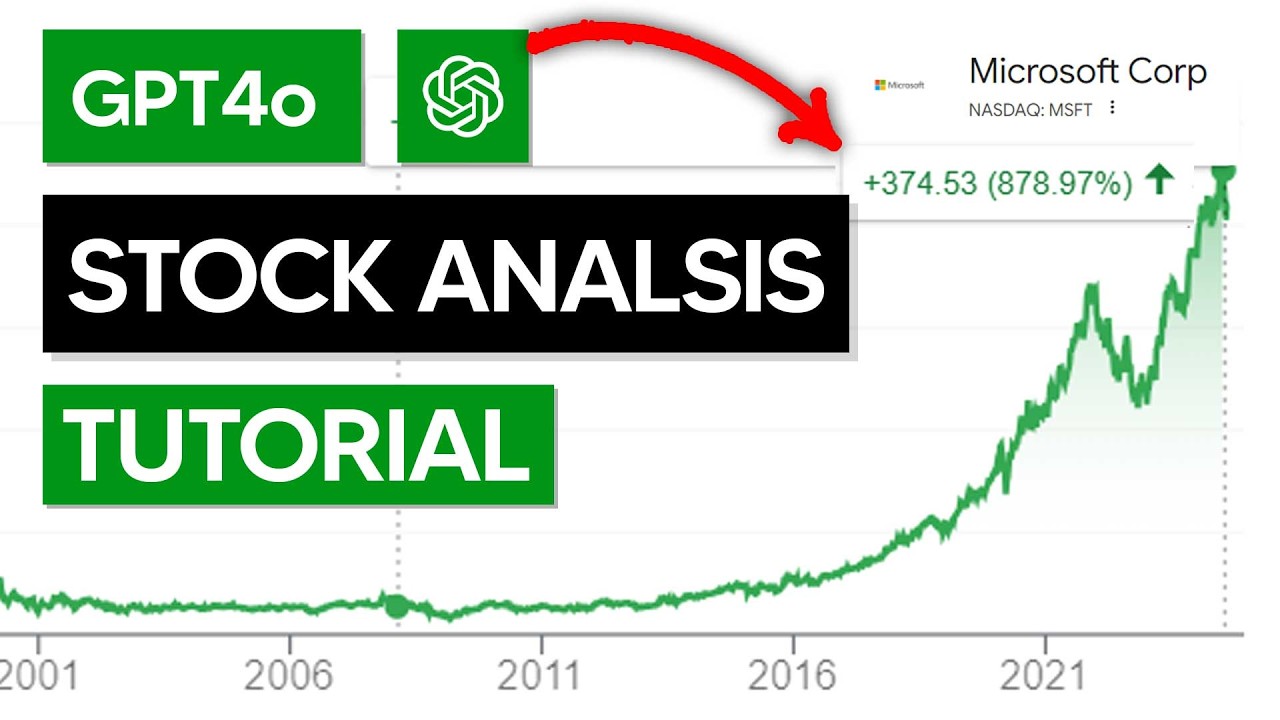It is advisable to start small and scale up gradually when trading AI stocks, particularly in risky environments such as penny stocks and the copyright market. This strategy allows you to gain experience, improve your models, and manage risk effectively. Here are 10 top methods to scale AI stock trading operations gradually:
1. Start with a Clear Strategy and Plan
Before you begin trading, you must establish your objectives including your risk tolerance, as well as the markets you would like to pursue (such as penny stocks or copyright). Start with a manageable tiny portion of your portfolio.
Why: A well-defined plan keeps you focused and reduces emotional decisions as you begin small, while ensuring longevity and growth.
2. Test the paper Trading
Tip: Begin by the process of paper trading (simulated trading) by using market data in real-time without risking actual capital.
Why? This allows you to test your AI model and trading strategies without any financial risk, in order to identify any issues before scaling.
3. Choose a Low-Cost Broker or Exchange
Choose a trading platform, or broker that has low commissions, and which allows you to make small investments. This is extremely helpful for those who are just starting out with the penny stock market or in copyright assets.
Examples of penny stocks include TD Ameritrade Webull and E*TRADE.
Examples of copyright: copyright copyright copyright
The reason: reducing commissions is important in less frequently.
4. Initial focus is on a single asset class
Tip: Focus your learning on a single asset class initially, like penny shares or cryptocurrencies. This can reduce the complexity and help you focus.
Why? Concentrating on one particular area can allow you to build your proficiency and lessen your learning curve, before taking on different asset types or markets.
5. Use Small Positions
TIP: Limit your position size to a smaller portion of your portfolio (e.g. 1-2 percent per trade) to limit exposure to risk.
What's the reason? It helps reduce potential losses while you fine-tune your AI models and gain a better understanding of the dynamics of the market.
6. As you gain confidence as you gain confidence, increase your investment.
Tip: Once you see consistently positive results for several months or quarters, gradually increase the amount of capital you invest in trading however only when your system is able to demonstrate reliable performance.
Why: Scaling gradually allows you to build confidence in the strategy you use for trading as well as risk management prior to placing bigger bets.
7. Priority should be given a basic AI-model.
Tips: To forecast the price of stocks or copyright, start with simple machine-learning models (e.g. decision trees linear regression) prior to moving on to more advanced learning or neural networks.
The reason: Simpler trading strategies make it easier to maintain, optimize and understand as you get started.
8. Use Conservative Risk Management
Tip : Implement strict risk control guidelines. These include tight stop-loss limits, size limits, and prudent leverage usage.
Reasons: A conservative approach to risk management prevents large losses early in your career as a trader and makes sure your strategy is viable as you grow.
9. Reinvesting Profits back into the System
Tip - Instead of withdrawing your profits too soon, put them into developing the model or in scaling up the operations (e.g. by upgrading hardware or increasing the amount of capital for trading).
Why: Reinvesting profits helps you compound returns over time, while building the infrastructure required for larger-scale operations.
10. Check your AI models often and make sure you are optimizing them
Tips: Observe the efficiency of AI models continuously and enhance them with better data, new algorithms, or better feature engineering.
The reason: Regular optimization allows your models to evolve in line with market conditions and improve their ability to predict as your capital increases.
Bonus: Consider diversifying your options after Building a Solid Foundation
Tip : After building a solid base and proving that your strategy is profitable consistently, you can think about expanding it to other asset types (e.g. moving from penny stocks to larger stocks or incorporating more cryptocurrencies).
The reason: Diversification is a great way to reduce risk, and improve returns since it allows your system to profit from a variety of market conditions.
Start small and increase the size gradually gives you time to adjust and grow. This is important for long-term trading success, especially in high-risk environments such as penny stocks or copyright. Check out the top rated ai stock analysis for site tips including best stocks to buy now, trading ai, ai for stock trading, best ai stocks, ai stock picker, ai trade, ai trading app, ai penny stocks, ai stocks to buy, ai stock analysis and more.

Top 10 Tips To Update Models On A Regular Basis And Optimizing Them For Ai Stock Pickers And Investments As Well As Predictions
Continuously updating and enhancing AI models for stock picking, predictions, and investments is essential to maintain accuracy, adapting to changes in the market and enhancing overall performance. Your AI models must change with the market. These 10 top tips will help you update and improve your AI model efficiently.
1. Continuously integrate new market data
Tips: Make sure you incorporate the most current market information regularly like stock prices, earnings, macroeconomic indicators and social sentiment. This will ensure that your AI models remain relevant and are in line with current market conditions.
AI models without new information can be outdated. Regular updates enable your model to stay in tune with the current market trends, improving the accuracy of predictions and adaptability to the latest trends.
2. Monitor Model Performance In Real Time
A tip: Monitor your AI model in real-time to check for any signs of underperformance or drift.
Why? Monitoring performance allows you to identify issues such as model drift. When the accuracy of the model declines over time, it allows you the opportunity to adjust and intervene.
3. Continuously retrain models using new Data
Tips Retrain AI models using historical data on a regular basis (e.g. monthly or quarterly) to improve the performance of the model.
What's the reason? Market conditions change constantly, and models that are based on older data can become less accurate. Retraining allows a model to change and learn from changes in market behaviour.
4. The tuning of hyperparameters can improve accuracy
You can improve your AI models through grid search, random search, or other optimization techniques. of your AI models through random search, grid search, or any other optimization methods.
Reason: Correctly tuning hyperparameters ensures that your AI model performs at its best and helps improve prediction accuracy and prevent overfitting or underfitting of historical data.
5. Experiment with New Features and Variables
Tip: Continue to experiment with new features, data sources, and alternative data (e.g. social media posts, sentiment analysis) to improve model prediction and discover possible correlations or insights.
What's the reason? Adding more relevant features to the model improves its accuracy by allowing it access nuanced data and insights.
6. Make use of ensemble methods to increase your forecasts
Tips. Make use of ensemble learning techniques including bagging (combining multiple AI models), boosting or stacking (combining multiple AI model) to increase the accuracy of predictions.
Why? Ensemble methods can be a great method to boost the reliability of your AI model by leveraging several models. This reduces the chance of making incorrect predictions based on the weak points of several models.
7. Implement Continuous Feedback Loops
Tip: Use feedback loops to continually improve your model by studying the actual market results and models predictions.
Why: Feedback loops allow the model to learn from actual performance. It can detect weaknesses and biases in the model which need to be addressed in addition to enhancing future predictions.
8. Regularly conduct Stress Testing and Scenario Analysis
Tips. Periodically stress test your AI models with possible market scenarios like crashes and extreme volatility.
Stress tests verify that AI models are able to adjust to market conditions that are not typical. Stress testing uncovers flaws that could result in the model failing in volatile or extreme markets.
9. AI and Machine Learning - Keep up to date with the most recent advances
Tip: Be sure to keep up-to-date with the latest AI algorithms, techniques or tools. You can also experiment with more advanced methods, such as transformers or reinforcement learning, into your own model.
The reason: AI (artificial intelligence) is rapidly growing field. With the help of the most recent advancements it is possible to improve the efficiency, performance and accuracy.
10. Continuously Evaluate, Adjust and Manage Risk
Tips: Evaluate and refine the risk management aspects of your AI model regularly (e.g. stop-loss strategies; position sizing; risk-adjusted-returns).
The importance of risk management in stock trade. An annual review will help ensure that your AI model is not just optimized for yields, but also manages risk in various market conditions.
Monitor Market Sentiment for Update Models.
Tip: Integrate the analysis of sentiment (from news, social media, etc.) into your model updates. You can modify your model to take into account changes in investor sentiment and psychological factors.
Why: Market sentiment may greatly affect the price of stocks. The analysis of sentiment allows your model to react to market moods or emotional shifts not captured by conventional data.
The conclusion of the article is:
Through regular updating and enhancing your AI investing strategies, stock-picker and predictions, you will ensure the model's performance is always efficient, precise and adaptable in an ever-changing market. AI models, which constantly retrained using fresh data and refined, while using the latest AI developments and real-world input gives you an enviable advantage when it comes to stock forecasting and investment decisions. View the most popular learn more here on ai for stock market for blog tips including ai stock trading, ai trading, ai stock prediction, ai stock, ai for stock trading, ai trade, best ai copyright prediction, incite, ai for stock trading, ai stocks to buy and more.
